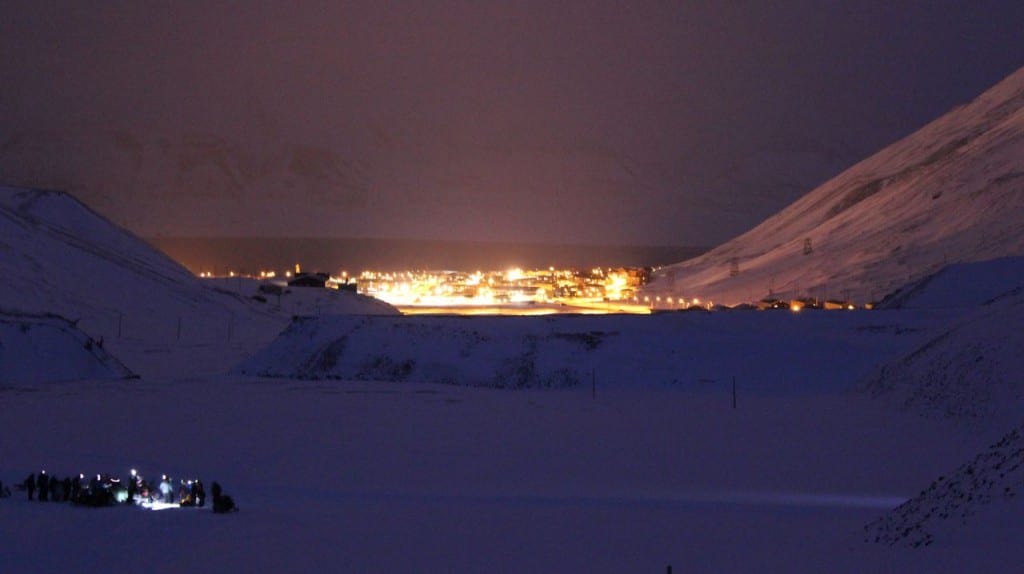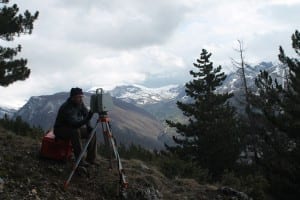Unveiling the LERU Doctoral Summer School Experience in Heidelberg
By Aisha Aldosery, on 20 July 2023
Embarking on a journey of intellectual growth and cross-cultural exchange, I had the privilege of being selected as one of the fortunate outstanding PhD students from University College London (UCL) to attend the prestigious LERU Doctoral summer school. Hosted this year by the esteemed Heidelberg University in Germany, focusing on the concepts of intervention science applied to global challenges. In this blog, I will share my reflections on the summer school, highlighting its well-organized structure, enriching academic content, delightful hospitality, and the diverse community of scholars I had the pleasure of meeting.
The LERU Doctoral summer school impressed me with its meticulously planned program, covering a range of essential topics. We delved into the concepts of intervention science applied to global challenges, gaining a deeper understanding of how we can address pressing issues in our research fields. The sessions explored the complexities of climate impact research, shedding light on the challenges we face in mitigating and adapting to the changing environment. This comprehensive approach ensured that participants gained a holistic understanding of their research fields, preparing us for the challenges that lie ahead. The lectures were delivered by distinguished experts in their respective domains, providing us with valuable insights and sparking stimulating discussions.
One of the standout sessions was on the development of research ideas and the art of pitching research. We learned how to cultivate innovative and impactful research ideas, and more importantly, how to effectively present and communicate them to different audiences. The skill of pitching our research ideas is invaluable, as it enables us to capture attention, garner support, and generate interest in our work. We were guided through the process of crafting compelling narratives, refining our messages, and delivering persuasive presentations.
In addition, the LERU Doctoral summer school was an opportunity to interact with fellow PhD students from diverse backgrounds. The program attracted scholars from across Europe, representing various disciplines and research interests. This multidisciplinary engagement enriched the discussions and allowed for a broad exchange of ideas. Collaborating with individuals from different academic perspectives not only expanded our horizons but also nurtured a spirit of innovation and creativity.
Academic pursuits don’t have to be monotonous, and the LERU Doctoral summer school exemplified this belief. The program infused an element of excitement into the learning process, making it both informative and enjoyable. Beyond the lectures, the school arranged visits to the remarkable landmarks of Heidelberg and organised hikes activities, allowing us to appreciate the cultural and natural beauty of the region. These experiences fostered a sense of camaraderie among the participants, creating lasting memories and bonds.
The hospitality extended to us by the organizers and hosts in Heidelberg was truly remarkable. They went above and beyond to ensure our comfort and made us feel welcome in their city. Their efforts extended beyond academic matters, offering guidance on local attractions, cultural practices, and culinary delights. This warm and inclusive environment facilitated meaningful connections and encouraged cross-cultural exchanges among participants, fostering a truly global academic community.
The LERU summer school in Heidelberg provided an incredible platform for academic growth, cultural exchange, and personal connections. Its well-organized structure, engaging academic content, delightful hospitality, and diverse community of scholars made it an unforgettable experience. As I conclude my reflections, I am filled with gratitude and a renewed sense of purpose in my doctoral journey. I am eager to apply the knowledge and skills gained from the LERU summer school, and I look forward to returning to Heidelberg, a city that has left an indelible mark on my academic and personal life.
I am immensely grateful to the UCL Doctoral School for providing me with the opportunity to attend the LERU Doctoral summer school. Their support and funding made this experience possible, and I am truly indebted to them. Additionally, I would like to express my heartfelt appreciation to Christine Neumann who looked after all the participants, creating an amazing and welcoming environment for everyone. Special thanks are also due to the Institute of Global Health (HIGH) and the Center for Scientific Computing (IWR) for their invaluable contributions.
Aisha Aldosery is currently a doctoral candidate at the UCL IRDR Centre for Digital Public Health in Emergencies at University College London. She is also a researcher at King Abdulaziz City for Science and Technology (KACST), Riyadh, Saudi Arabia. She earned her master’s degree in Software System Engineering from UCL. Her broad research areas are software engineering and the Applied Internet of Things. She is particularly interested in designing and developing digital health intervention tools such as surveillance and early warning systems. She is also interested in designing environmental IoT-based sensor devices and analysing sensor data using machine learning methodologies. The focus of Aisha’s PhD research project is investigating mobile apps, the Internet of Things (IoT) and sensing technologies for predicting mosquito populations to combat vector-borne diseases – a pertinent global issue with global research significance.
Read more IRDR Blogs
Follow IRDR on Twitter @UCLIRDR
 Close
Close










